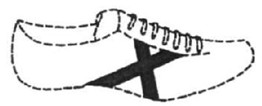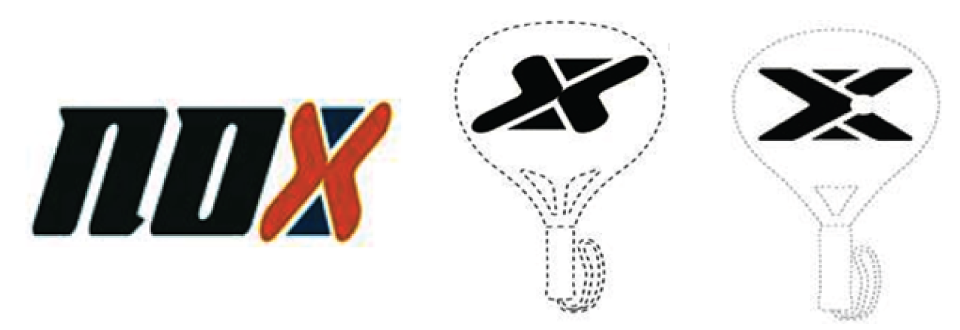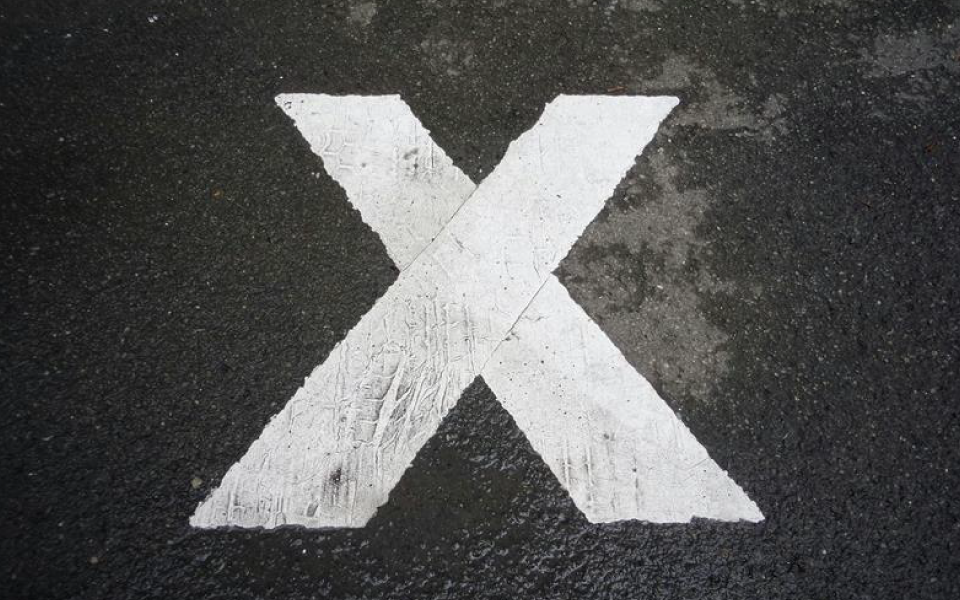Jorge Vicente Martínez. Intellectual Property Lawyer | Litigation Department
Supreme Court Judgment No. 860/2025, of 28 May, resolved the cassation appeal filed by Munich S.L. and Berneda S.A. against the judgment issued by the Provincial Court of Barcelona concerning a dispute over the infringement of trademark rights and acts of unfair competition.
The key to this judgment lies with national trademark M2999664, of which Munich is the owner and Berneda is its licensee. This trademark was registered in 1991 as a figurative trademark and consists of an “X” or a slanted cross placed on the sides of a sports shoe. This feature now allows it to be considered, in current terms, as a position mark since its protection includes the specific place where the sign appears on the product.

The conflict arises from the lawsuit of Munich and Berneda against JJ. Ballvé Sports S.L., owner of the trademark “NOX”, who is accused of using signs similar to the “X” on products such as padel rackets, backpacks and clothing, which in their opinion constitutes an infringement of trademark and industrial design rights, as well as acts of unfair competition.

Commercial Court No. 2 of Barcelona partially ruled in favour of the plaintiff and declared that infringement only existed with regard to the use of signs without the denomination “NOX” on sports clothing. At the appeal, the Provincial Court of Barcelona completely overturned this decision and dismissed Munich’s lawsuit. Despite recognising that the Munich trademark could be well-known within the field of sports footwear, it concluded that it did not have enough distinctiveness to prevent the use of similar signs on other products such as backpacks or rackets, since it does not entail a comparable or allusive use.
The Supreme Court carries out an in-depth analysis of the national and Community regulations on the protection of well-known trademarks. It reiterates that a likelihood of confusion in the strict sense is not necessary for trademarks of this type, but an allusive link between the previous sign and the subsequent sign in the public’s perception is indeed required. This link may lead to obtaining an unfair advantage or damaging the reputation or distinctiveness of the priority trademark.
In applying these criteria, the Supreme Court concludes that the Munich trademark has a reputation in the field of sports footwear, but that this reputation is not automatically extended to other sectors such as the sector of rackets. It considers that the sign has little distinctiveness, which limits the scope of protection beyond the product on which it has been effectively used. It is not demonstrated that JJ. Ballvé uses similar signs on sports shoes, either with the same layout or where the consumer public perceives an evocation or connection between the two trademarks. The uses are in different contexts and on different products, which means the existence of the required allusive link cannot be considered.
The expression, “well-known sign with low distinctiveness”, used in this judgment is striking. This formula may clash with the common definition of reputation, which precisely implies that among the public the trademark has acquired a level of distinctiveness greater than the intrinsic distinctiveness of its registration, even if this distinctiveness was reduced in origin.
Moreover, in principle, it is not meant to be an insurmountable obstacle where “it has not been considered proven that the plaintiff’s trademarks are well-known beyond the field or sector of sports footwear”: products, such as rackets, that are linked to sports activity are not generally so distant as to exclude the possible evocation of a well-known trademark in sports footwear.
In fact, what seems to be shaping the Court’s decision is not so much the distinctive weakness of the sign as a position mark for shoes, but rather its inability to transfer that distinctiveness to products on which, due to their shape, the sign cannot be reproduced in a similar way. Given that it is a simple geometric shape like the “X”, the positional element becomes very prominent in the consumer’s perception, and the specific position on the shoes plays a key role in how the sign is perceived.
Therefore, if the consumer does not establish a link between the two products, it is not because of the weakness of the sign as registered–a position mark on a shoe–, but because the new product, the racket, cannot function as a support for a position mark that presupposes a certain location on a shoe. As such, evocation can be ruled out, not just because of the low distinctiveness of the sign, but because depriving the sign of its positional context means a link cannot be established.
Since this reasoning is deduced from the judgment, the expression “well-known sign with low distinctiveness”, which may be a source of ambiguous interpretations in the future, perhaps could have been omitted. Nevertheless, based on an overall reading of the judgment and the case law it cites, we consider it to be a circumstantial expression in this specific case. So, it’ll be important to pay attention to how courts interpret future cases.




